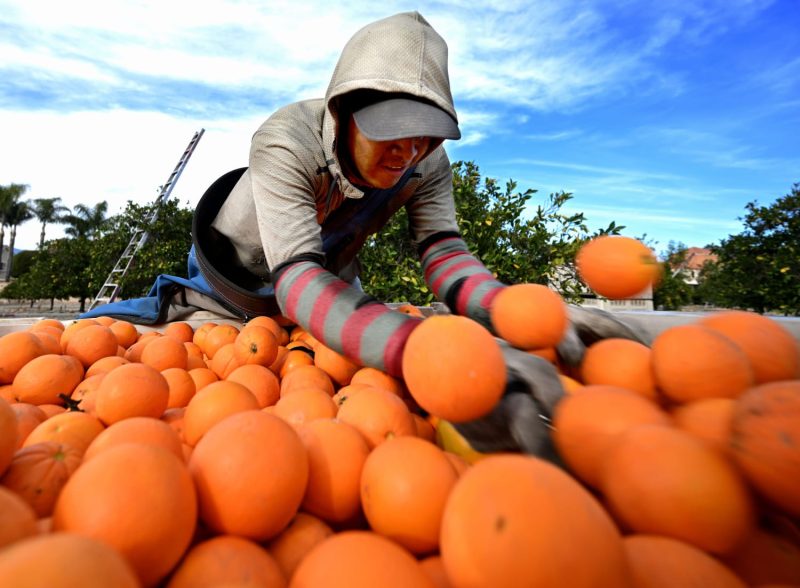The global orange juice market is currently under siege, with prices skyrocketing due to a variety of issues including harsh weather conditions, diseases, and logistical hindrances. These factors are compelling many manufacturers to contemplate shifting their focus towards using other fruits to produce beverages. This article aims to dissect this new challenge in the beverage industry and discuss the possible replacement fruits that manufacturers are considering.
Aggravating factors such as global warming, hurricanes, and diseases impacting orange groves worldwide have led to a stark decline in orange production. Florida, one of the key orange-producing regions in the U.S., has been hit badly by the citrus greening disease which resulted in a severe drop in its output. Similarly, Brazil, the world’s biggest exporter of orange juice, has grappled with adverse conditions ranging from drought to the citrus canker which have devastated their orange industry. Even Spain, renowned for its citrus citrus orchards, is battling the widespread ‘citrus black spot’ that is severely affecting orange output.
These problems have triggered an unfortunate sequence of events, starting from insufficient supply to meet the soaring demands which in turn has led to escalating prices in orange juice. The limited supply also means manufacturers must compete for the scant resources available, intensifying the price surge even further.
In a bid to circumvent these escalating expenses and ensure business survival, many market players in the fruit juice industry are contemplating a switch to other fruits. Apples, grapes, cranberries, and berries are some of the alternatives that manufacturers are currently exploring.
Apples serve as a viable alternative due to their robust yield. With a healthier rate of crop survival compared to oranges, apples present fewer worries for manufacturers regarding diseases or crop yield failures. Plus, apple juice offers consumer familiarity, aiding a smoother transition.
Similarly, grapes also provide an attractive option. Besides being less susceptible to widespread diseases, grapes offer the additional advantage of variety – with black, green, white and red grapes providing the potential for diverse flavor profiles in the juice market.
Cranberries and berries, on the other hand, have risen in demand due to their reported health benefits. For instance, juices made from blueberries and raspberries have been linked to improving heart health and boosting the immune system, which is a potentially lucrative selling point for juice producers.
While the trend of using alternative fruits is compelling, it does bring its own set of challenges to manufacturers. Consumer acceptance is a critical factor. As orange juice is a beloved breakfast staple in many households, convincing consumers to embrace alternative juices might pose a challenge.
Additionally, the production process for new fruits would require significant adjustments. Concentration processes, pasteurization techniques, and yield volumes can vary greatly between different fruits. This suggests that companies will need to invest in new machinery or adapt existing ones, leading to significant upfront operation costs.
The steep ascent of orange juice prices is undeniably forcing manufacturers to reconsider their strategies and explore cost-effective alternatives, even if it involves switching from the traditional beloved orange. Though this presents a new set of challenges, it also brings opportunities for innovation and market diversification, potentially reshaping the future landscape of the fruit juice industry.




